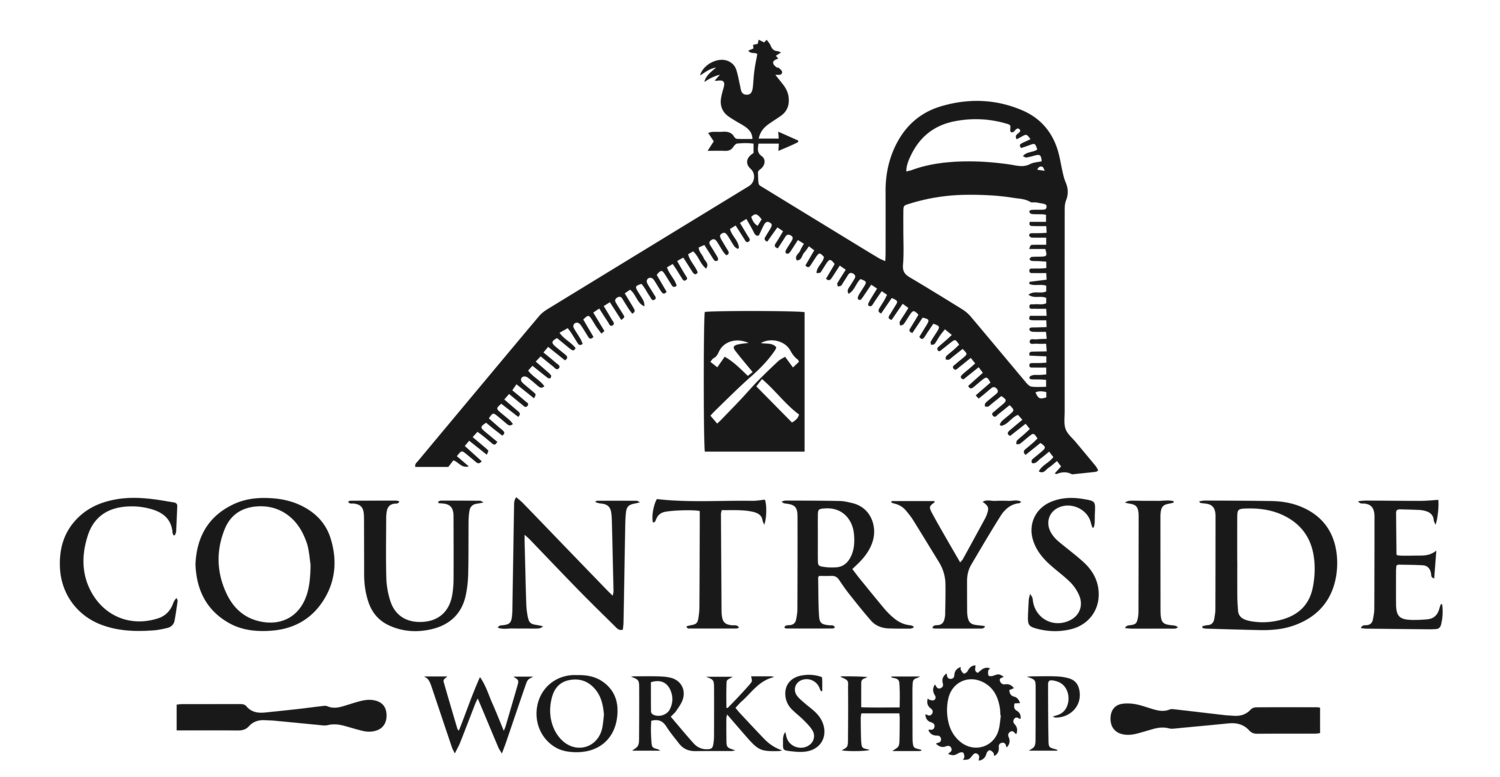Turning in one of the most relaxing things in woodworking. It takes a lot of concentration but outside of that is usually isn't very physical. Get yourself a good mat to stand on and your feet will thank you later. There is something satisfying about going out into the shop and in just a few minutes - a few hours you will have completed a project start to finish.
Wood turning, just like any other aspect of woodworking, can be quite expensive to get into. But if you shop around and wait on deals you can get a great mini lathe for $300 or less. I use the Rikon 70-100 mini lathe. With a 16" bed and a 12" swing (the maximum diameter you can turn) you can fit a bunch of projects on this lathe. You can venture into bowls, pens, or spindles. You can also buy bed extensions so you can turn longer items like table legs or a baseball bat.
You can learn to turn with traditional lathe chisels, I highly recommend you do, or you can learn with one of the numerous carbide cutter lathe tools on the market. The original and best on the market is Easy Wood Tools. I have their Full Size Easy Rougher and Full Size Easy Finisher. Although I own a couple traditional lathe chisels, the Easy Wood Tools are my go to tools for 99.9% of my lathe work. If you invest a little more and get the Full Size Easy Detailer, Parting Tool, and a full set of the mini tools they offer then there is not a project these cant handle.
There are two learning curves in woodturning. The first is learning the operation of the lathe and how to cut wood as it rotates. All lathes have an adjustable speed whether it is by belt adjustment or by dial. Learning what speed to turn at is crucial. To low of a speed and the tool won't cut right and too fast and you can launch the work around the shop. Aside from the operation of the lathe, the second learning curve is in the tooling. Traditional tools require certain angles to make them cut (riding the bevel) and then you have to keep them sharp. Carbide Tools don't require as complex of angles to cut. They stay parallel to the floor to cut. So I am an advocate of carbide tools to start with so you can learn of curve at a time. Doing so will make you feel more confident and safe at the lathe.
Turning doesn't have to be all inclusive. It can be as small or as big of the project you need it to be. You turn something as small as a drawer/cabinet pull or you can turn something as structural challenging as dresser supports. Take a look at this episode from Matt's Basement Workshop where he turns feet for his chest of drawers. Something like that is still very challenging but easy to accomplish with basic turning knowledge.

